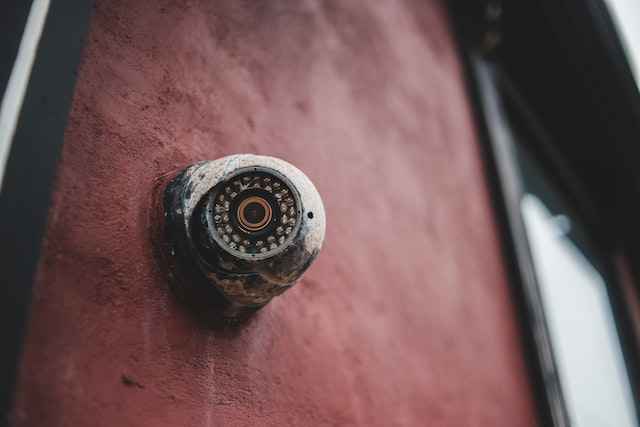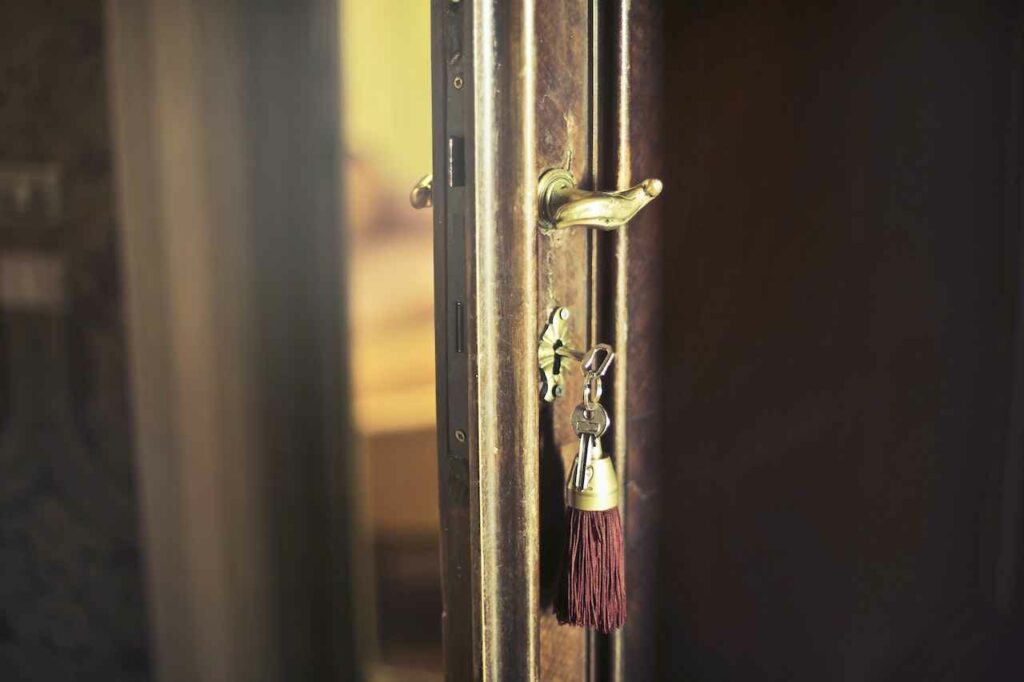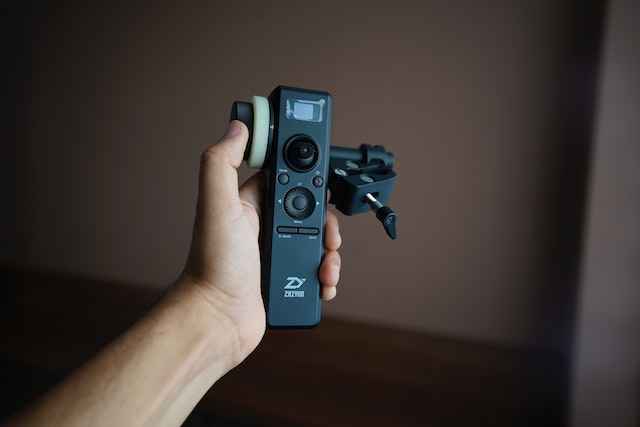Your home is your safe place, where you should feel secure. Protecting your home and family is of utmost importance, and that’s where home security comes into play.
In this article, we will delve into the fundamentals of home security, exploring the various types of technologies and systems that function together to keep your home safe.
We will also provide practical advice on choosing the right security solutions for your needs. So, let’s start a journey to understand Home Security.
Table of Contents
Components of a Home Security System
A comprehensive home security system comprises several interconnected components, each serving a crucial purpose. Let’s explore these components:
Control Panel
Consider the control panel as the brain of your home security system. It allows the user to manage and control the entire system with ease. From arming and disarming to configuring settings, the control panel puts you in command of your home’s security.
Opening sensors
Opening sensors are the guardians of your doors and windows. These small devices detect unauthorised entry by monitoring if a door or window is opened while the system is armed.
Motion Detectors
Motion detectors are scanning designated areas for movement.
These detectors can use advanced infrared technology to sense even the slightest motion, even in low-light conditions. By strategically placing motion detectors throughout your home, you can ensure comprehensive coverage and early detection of intruders.
Some companies, like Ajax Systems, even offer motion detectors with built-in cameras to monitor the guarded area remotely in real time.
Surveillance Cameras

Surveillance cameras have become an essential part of modern home security systems. They provide visual monitoring of the property, both indoors and outdoors.
With real-time video footage, you can keep a close eye on your home, even when you are away. Additionally, visible cameras are a powerful deterrent, making potential intruders think twice before targeting your home.
Alarm Sirens
When alerting you and your neighbours of a potential threat, alarm systems take centre stage. When triggered, these systems produce loud sounds or emit flashing lights, drawing attention to the situation.
The piercing noise of an alarm can startle intruders and encourage them to flee while simultaneously alerting them to take immediate action.
Security Lighting
Thoughtful lighting systems play a significant role in enhancing your home’s security. Well-lit surroundings can deter intruders by eliminating hiding spots and creating a sense of vigilance.
Consider installing motion-activated lights illuminating your property when any movement is detected, leaving no shadowy corners for burglars to exploit.
Smart Home Integration
The rise of innovative home technology has revolutionised how we approach home security. Today, many home security systems integrate with smart devices, allowing users to monitor and control the system remotely.
Whether checking your cameras, arming or disarming the system, or receiving real-time alerts on your smartphone, smart home integration provides convenience and calmness.
These elements work together to supply a comprehensive and effective home security system, ensuring the safety of your property and loved ones.
Choosing the Right Security Solutions

Now that we understand the critical components of a home security system let’s explore some tips to help you pick the right security solutions for your needs:
Assess Your Security Needs
Take the time to evaluate your precise security requirements. Are you more concerned about burglary or fire? Do you need indoor or outdoor surveillance? By identifying your needs, you can focus on finding the solutions that best address your concerns.
Different Research Providers
Do thorough research on various home security providers. Look for respected manufacturers with a proven track record in the industry. Read customer reviews and compare their offerings and pricing. A reliable provider will offer quality products and excellent customer support.
Professional Monitoring vs Self-Monitoring
Decide whether you want a professionally monitored system or prefer to monitor your security system yourself. Professional monitoring involves a monthly fee but provides round-the-clock monitoring and immediate emergency response. Self-monitoring, on the other hand, gives you more control and can be cost-effective.
Wireless or Wired Systems
Determine whether you want a wireless or wired system. Wireless systems offer flexibility in terms of installation and can be easily expanded. They are also less susceptible to tampering. Wired systems, although requiring professional installation, provide a more reliable communication channel and are less prone to interference.
DIY or Professional Installation

Determine whether you want to install the system yourself or hire professionals. DIY installation may be more cost-effective, and many systems are designed for easy setup. However, professional installation ensures optimal placement and functionality of the components.
System Scalability
Think ahead and choose a system that can grow with your needs. Consider systems that can be expanded or upgraded as your home security requirements change. Scalability ensures that your investment remains effective and adaptable to future challenges.
Conclusion
Securing your property and protecting your loved ones is a responsibility that should be taken. By understanding the basics of home security and selecting the right solutions, you can create a safe and secure environment for your family. Remember, investing in a comprehensive home security system is an asset for your peace of mind.

